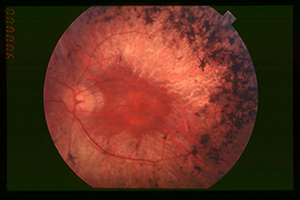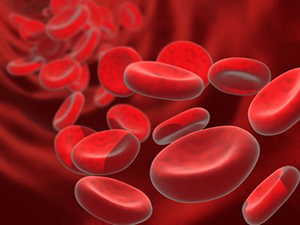 |
|
Can biominerals sourced from snails improve lithium-ion batteries and solar cellconcentration? |
Can biominerals sourced from snails improve lithium-ion batteries and solar cell concentration?
According to researchers at the University of California, Riverside, the hunt for ways to improve battery energy storage and recharging, as well as the sunlight capture and concentration in solar cells, could be found in the strangest of places.
Assistant Professor David Kisailus, who has been studying a marine snail found off the U.S. coast called the chiton, has found that the snail’s teeth—constantly worn down by rasping algae off rocks and then replaced by further rows—could hold the key for improving our battery technology. The teeth, which contain the hardest-known biomineral magnetite, undergo an interesting process to become hard enough to cope with gnawing on rocks, as Wards autosummarizes:
“Hydrated iron-oxide (ferrihydrite) crystals first nucleate on a fiber-like chitinous (complex sugar) organic template. These nanocrystalline ferrihydrite particles convert to a magnetic iron oxide (magnetite) through a solid-state transformation.”
In other words, biominerals grow alongside organic matter in the snail’s magnetic mouth, and convert to magnetite. However, what makes the process interesting to the researcher is that this system can take place at room temperature. By reducing the heat necessary to form nanocrystals, you reduce the energy required and more importantly, the cost.
Although commercial testing is not yet underway, Kisailus is using the snail’s biomineralization process to grow minerals that are used in both lithium-ion batteries and solar cells.











